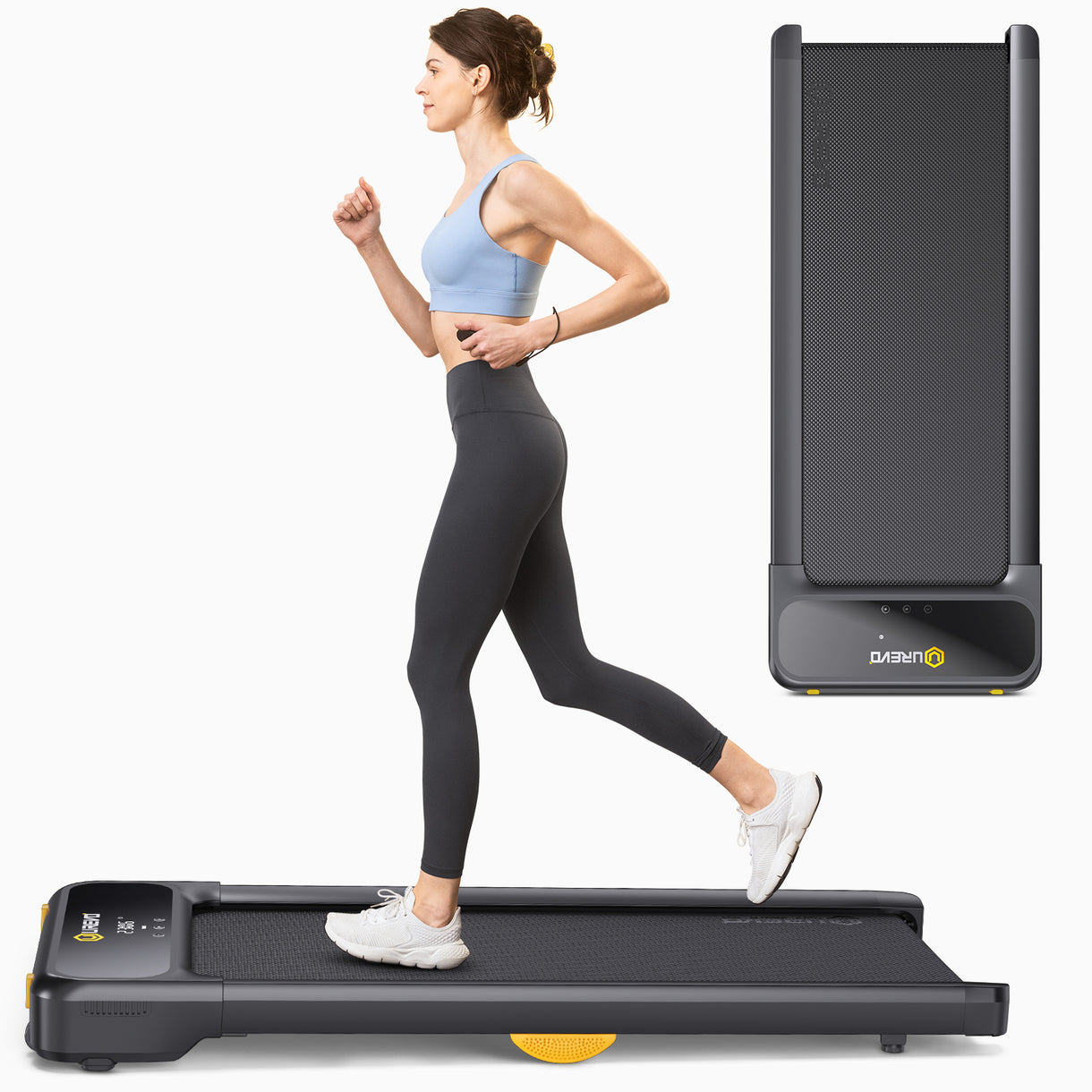Walking pads have been gaining popularity in the fitness industry as a convenient way to stay active without leaving the comfort of your home. But are walking pads truly worth the investment? Let's delve into this topic to understand the benefits and drawbacks of incorporating walking pads into your fitness routine.

Benefits of Walking Pads
Walking pads offer a range of benefits that make them a valuable addition to your fitness regimen. One of the key advantages is the convenience they provide. With a walking pad, you can easily squeeze in a workout session at any time of the day, regardless of the weather or your schedule. This flexibility can be especially beneficial for individuals with busy lifestyles who struggle to find time for exercise.
Additionally, walking pads offer a low-impact way to improve cardiovascular health and boost overall fitness levels. By walking on a cushioned surface, you can reduce the strain on your joints compared to outdoor walking or running. This makes walking pads suitable for individuals of all fitness levels, including those recovering from injuries or dealing with joint pain.
Are Walking Pads Worth the Investment in the Fitness Industry?
When considering whether walking pads are worth the investment, it's essential to weigh the upfront cost against the long-term benefits. While walking pads may seem expensive initially, they can save you money in the long run by eliminating the need for a gym membership or costly exercise equipment. Moreover, the convenience and versatility of walking pads make them a practical investment for individuals looking to prioritize their health and fitness.
Drawbacks of Walking Pads
Despite their numerous benefits, walking pads also come with some drawbacks that are worth considering. One common concern is the lack of variety in workouts that walking pads offer. While you can adjust the speed and incline of the treadmill, the repetitive motion of walking may become monotonous for some users. To combat this, incorporating other forms of exercise or entertainment while using a walking pad can help keep workouts engaging.
Another potential drawback of walking pads is the space they require. Unlike traditional treadmills, walking pads are more compact and can be easily stored when not in use. However, you'll still need a dedicated space in your home to set up the walking pad, which may be a limiting factor for individuals with limited space.
Final Thoughts
In conclusion, walking pads can be a worthwhile investment for individuals looking to improve their fitness levels and lead a healthier lifestyle. While they may not offer the same intensity or variety as traditional gym equipment, walking pads provide a convenient and accessible way to stay active. By weighing the benefits and drawbacks of walking pads, you can determine whether they are the right choice for your fitness journey.







